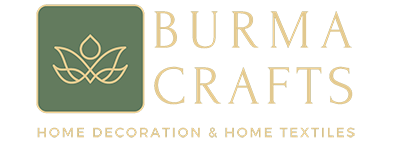Container inspection on Stuffing Day at a rattan exporter’s factory
Survival of the fittest: From Covid-19 to the military coup, Myanmar’s rattan and bamboo sector is being tested to its limits and according to our fact sheet, the conclusion is that this sector is very fit. The companies’ export figures are going strong despite the current circumstances. The workforce which is made up of 70-80% women directly benefit from this industry with more job creations with the safety and comfort of being able to work from home.
Trade and Shipment Statistics
- Myanmar’s bamboo and rattan export figures continue to rise, despite the COVID-19 pandemic and the current situation in Myanmar. The number of shipped containers increased considerably between 2019 and 2021, from 223 to 258. From January to October 2022, the number continues to rise despite the high cost of ocean freight due to Covid. MRBEA estimates the total number of containers being shipped in 2022 to surpass the total number from 2021. Rattan and bamboo exporters are working hard to increase their capacity and meet the growing international demand.
- Not only has the number of exported containers increased, but more and more of these containers are 40-foot long instead of 20-foot. This means that, on average, more products are shipped per container as well.
- Even though the production of rattan and bamboo products require more time due to the amount of handmaking involved, the rising ocean freight charges mean it is more economically wise for the buyers to opt for 40 foot containers.
Total number of containers (20’ vs 40’) shipped by rattan & bamboo exporters from 2019 to 2021
Myanmar is resilient during COVID-19 and the post-coup period
- Most of the exporters’ workforce already works from home, as part of a cottage industry. 70-80% of this workforce are women, aged 20–35.
- 90% of these women are married, with children to look after. This makes the cottage industry very beneficial for this workforce, particularly since the outbreak of the COVID-19 pandemic.
Vaccination within the industry
- Most of the major exporters’ workforce in the rattan and bamboo industry is vaccinated, both in rural and urban areas.
- Myanmar’s Ministry of Health provides prioritised vaccination services for businesses and industries.
Sector Development
- The sector is committed to providing a reliable income for its cherished workforce. All MRBEA member companies have managed to retain their employees in this challenging period, without cutting any salaries.











